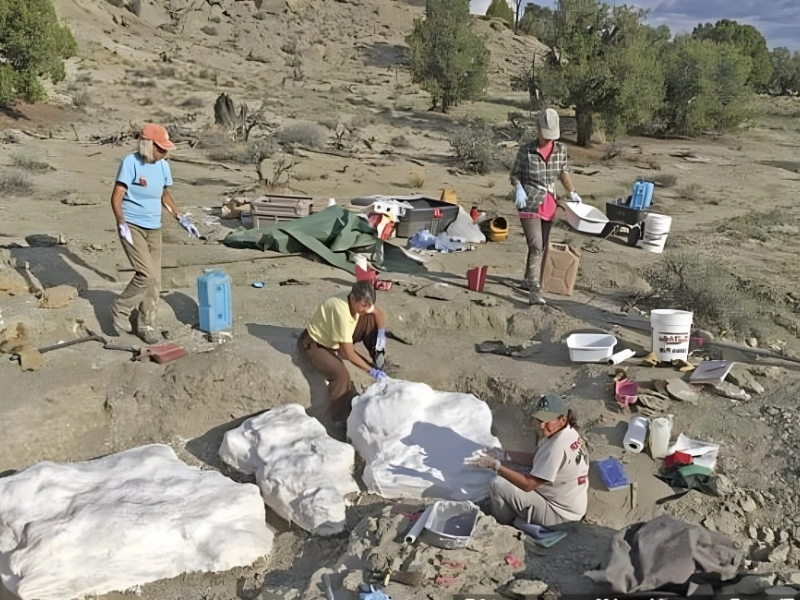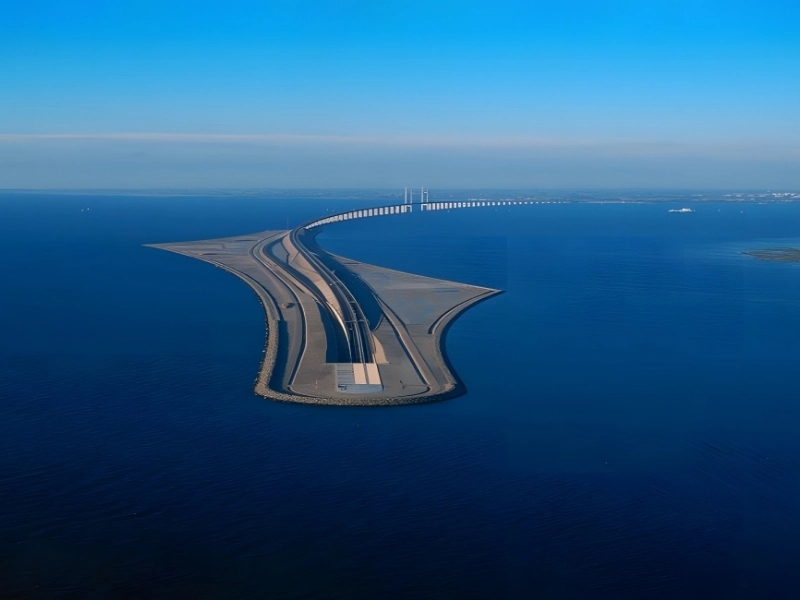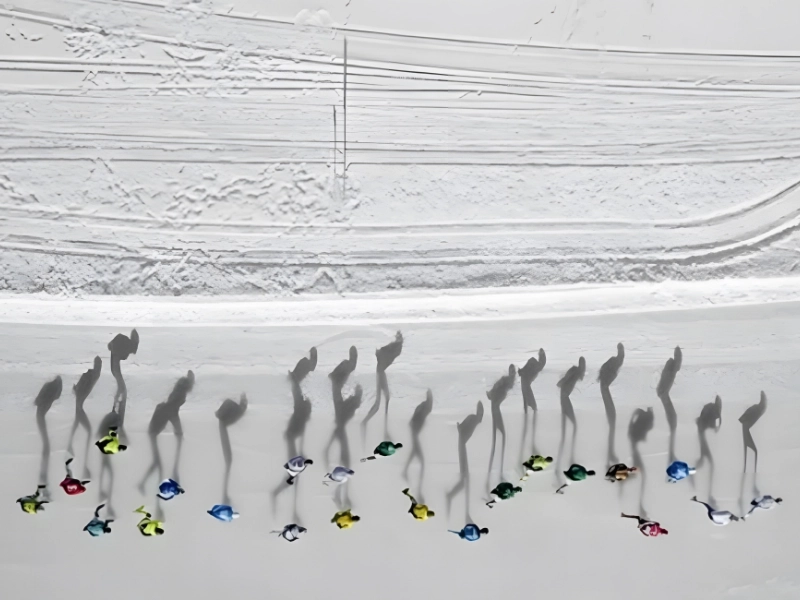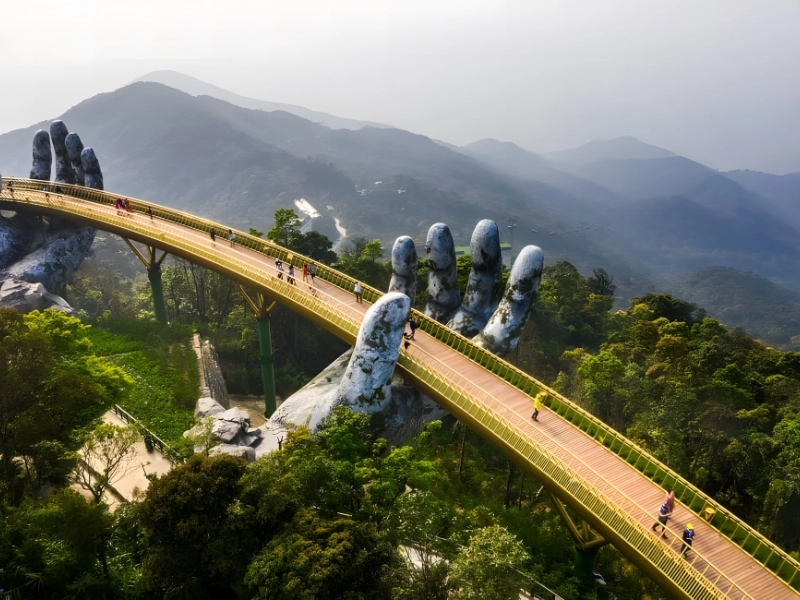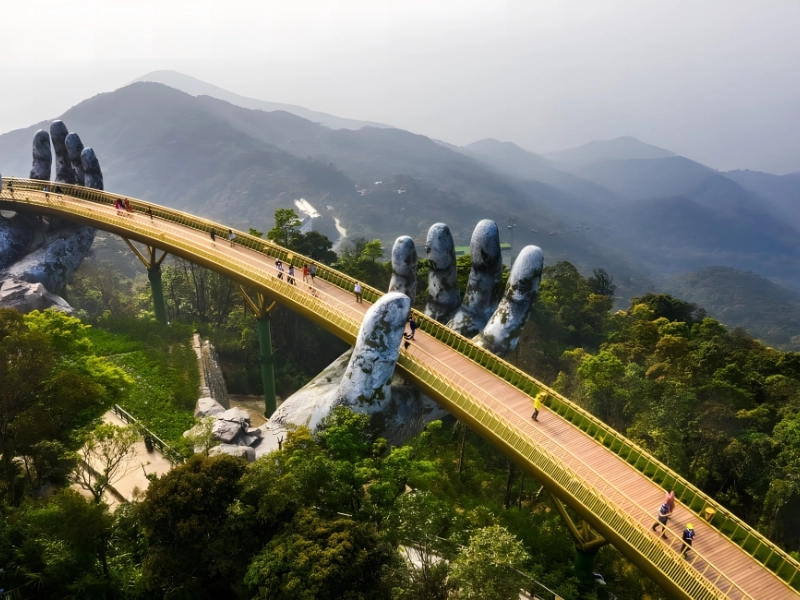
Advertisement
nang, Vietnam's Golden Bridge ©Hien Phung Thu/Shutterstock
Even if urban planning and skyscrapers occasionally garner more media attention, building bridges is still one of the world's most complex and costly architectural projects. The development of these projects is a billion-dollar industry that is expanding annually, starting with planning and ending with rendering.
There are 614,387 bridges in the United States alone (of course, there are millions more internationally). Turkey is home to the oldest bridge in existence that is still in use. This single-arch, slab-stone bridge in Smyrna, Turkey (formerly known as Izmir), spans the Meles River. In 850 B.C., this bridge was constructed. and it remains functional to this day with appropriate upkeep.
For hundred-million-dollar projects like the ones on this list, engineering firms like N5 Global and equipment manufacturers like Caterpillar collaborate. These are the world's priciest bridges ever constructed.
1. Russia's Russky Bridge
Situated in the Russian Primorsky Krai city of Vladivograd
Founded in 2012
Price: *$1.1 billion
Built in 2012, the Russky Bridge is among the list's more recent bridges. Primorsky Krai, Russia's Vladivostok, is home to the Russky Bridge. It connects Vladivostok's Russky Island and Muravyov-Amursky Peninsula regions at a distance of 3,662 feet.
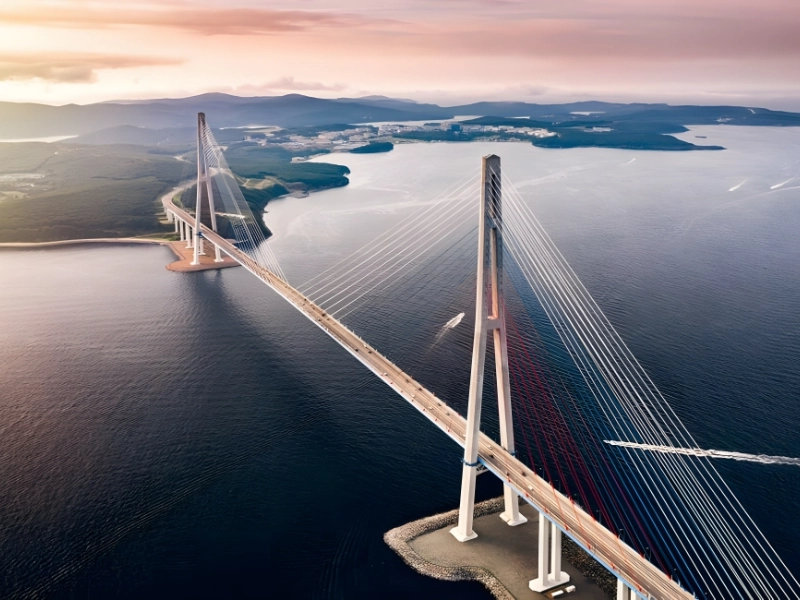
Russky Bridge, Russia, Shutterstock, and Vitaliy Kaplin
The Bridge is the longest cable-stayed suspended segment in the world, according to an engineering film on YouTube titled "The Bridge to Nowhere." There are 168 cable stays on the Russky Bridge, the longest of which is 1,902 feet long. The extreme cold of Vladivostok, where temperatures can fluctuate from -40 to 140 degrees Fahrenheit, is not enough to break the bridge.
The Russky Bridge's design was primarily influenced by two elements. The first involved cutting the channel, which has a passable depth of 160 feet, as short as possible from coast to coast. The bridge's resilience to severe weather, including waves as high as twenty feet and ice formations up to 28 inches thick, was the second.
Advertisement




